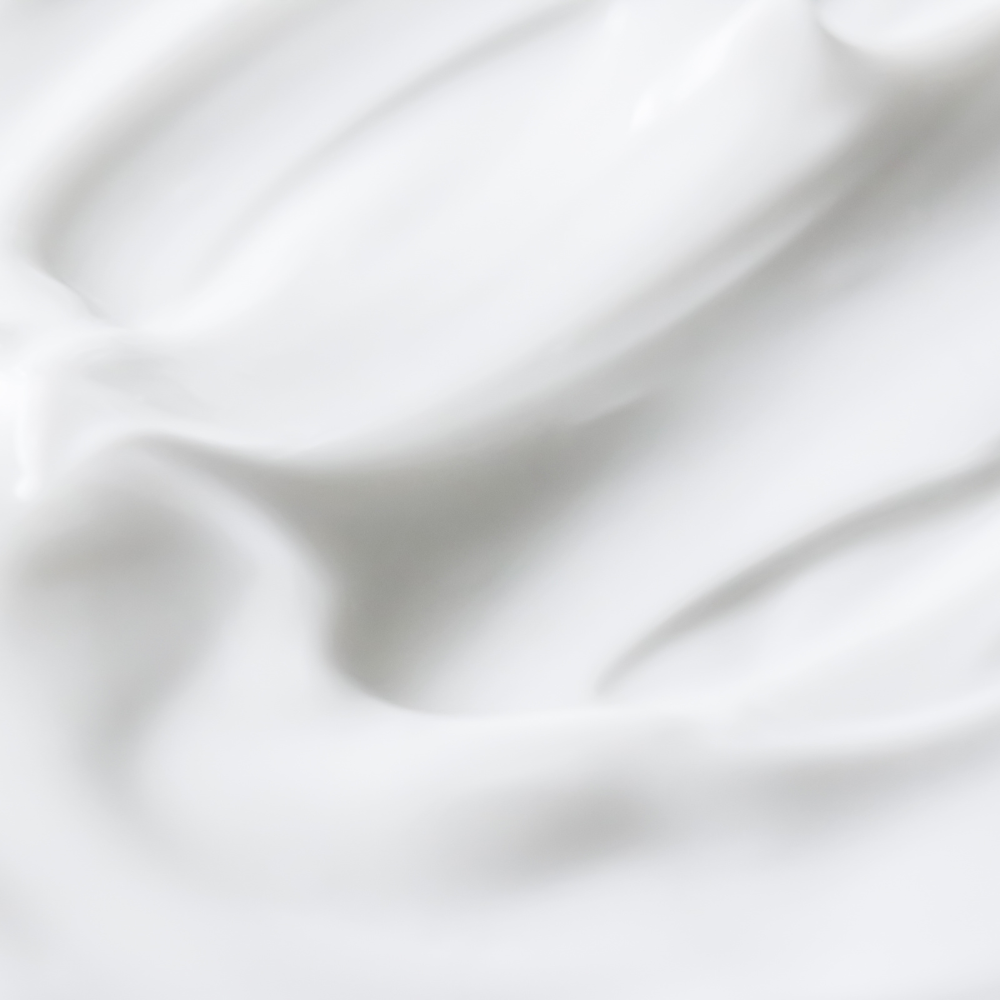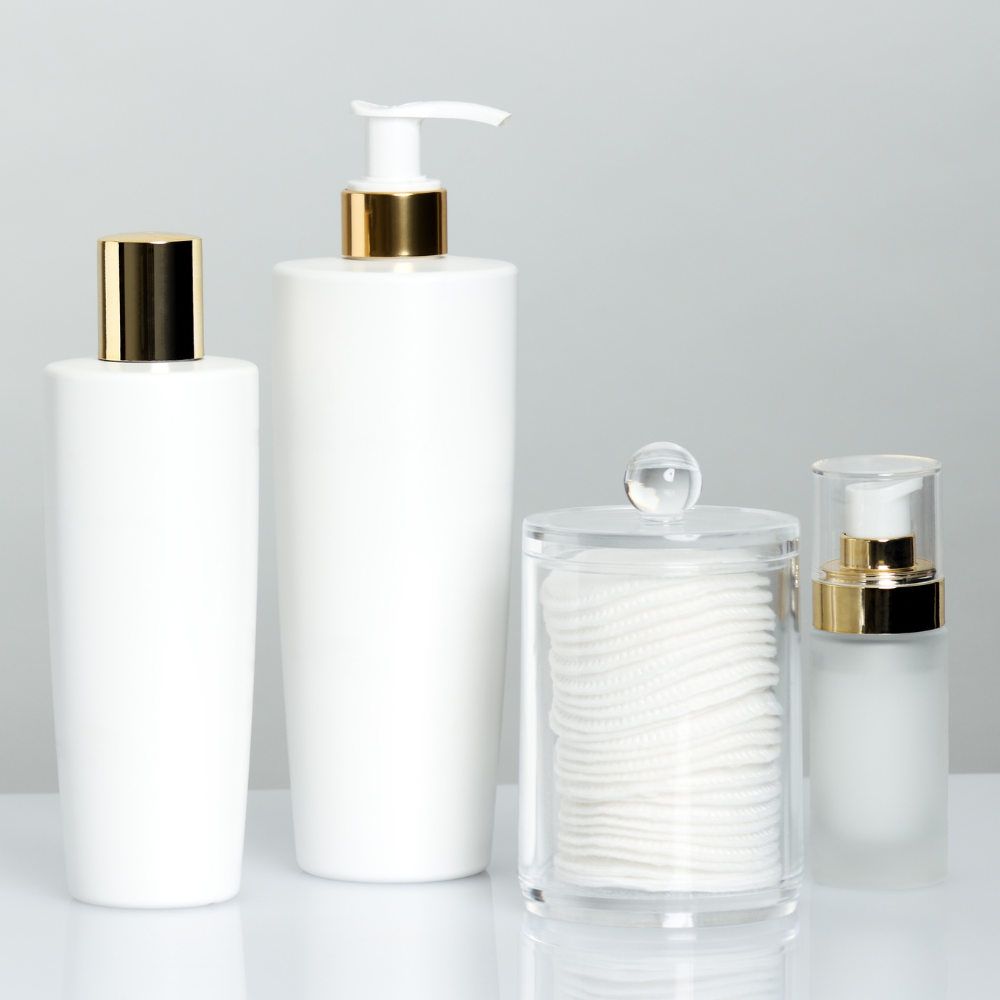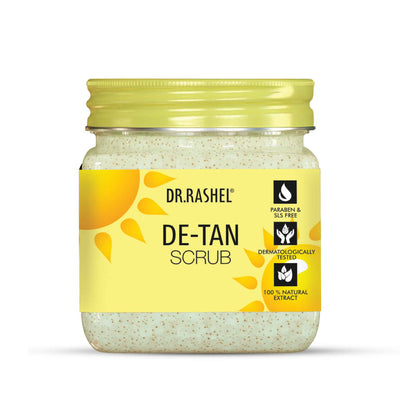
Table of Contents
- What is a Serum?
- What is a Moisturizer?
- Key Differences between Serum and Moisturizer
- Which goes on first, serum or moisturizer?
- The Correct Order of Skincare
- Do I need both serum and moisturizer?
- Serum and Moisturizer Ingredients That Should Not Be Mixed
- Takeaway
- FAQ’s
On the path to getting clear and glowy skin, the correct skincare steps can’t be ignored. But it can be pretty confusing to layer all your products perfectly when you don't know what they exactly do or how they work.
When it comes to Serums and Moisturizers, they both complement and bring out the best in each other. But only when used in the right order. So if you've been wondering, “Which comes first, serum or moisturizer?”, then this blog will clear your confusion.
.png)
What is a Serum?
A Serum is a skincare product that is lightweight, has a concentrated formula and is packed with active ingredients like vitamins , antioxidants and peptides. It is often available in water-based or oil-based formulations composed of small molecules that penetrate deep into the skin and deliver the potent ingredients where they are needed. Because a serum has a highly concentrated formula, using a little amount of it daily is enough to provide noticeable results.
Benefits of Using a Serum
- Serums provide targeted treatments for skin concerns like fine lines, wrinkles, dark spots, pigmentation, dullness and acne.
- Serums are lighter and water-based which allows it to absorb faster into the skin.
- Some serums contain antioxidants that help protect the skin from environmental damage.
- Hydrating serums draw in moisture into the skin and give a boost of hydration.

What is a Moisturizer?
A Moisturizer is a skincare product that is used to hydrate the skin and prevent moisture loss. It creates an effective barrier on the skin that protects and retains skin hydration and keeps it soft and smooth. It often contains ingredients like humectants, emollients and occlusives that work together to keep the skin hydrated. Moisturizer when used daily fights skin dryness and irritation and ensures a healthier skin.
Benefits of Using a Moisturizer
- Moisturizers lock in moisture into the skin preventing dryness and ensuring your skin doesn't dry out.
- Moisturizers protect and enhance the effectiveness of the skin's natural barrier shielding it from unwanted pollutants.
- Using a moisturizer improves skin texture and makes it smooth and plump.
- They also balance oil production by providing the necessary nourishment the skin needs.
Key Differences between Serum and Moisturizer
|
Differences |
Serum |
Moisturizer |
|
Purpose |
Serums are concentrated formulas that target specific skin concerns like dark spots, sun damage or acne. |
Moisturizers are focused on providing hydration to the skin and provide a protective barrier. |
|
Concentration |
Serums have a higher concentration of active ingredients and have small molecules. |
Moisturizers have a low concentration of active ingredients. |
|
Texture |
Serums are gel-like or thin consistency products that are lightweight and quick-absorbing. |
Moisturizers are thicker and sit on the skin to protect and lock in moisture. |
Which goes on first, serum or moisturizer?
For the main question, “What to apply first? Serum or Moisturizer”, here's a simple answer - apply serum first always! Serums are fast-absorbing and provide the skin with active ingredients. Moisturizers on the other hand are thick and create a barrier on the skin to lock in the benefits of the serum and make it more effective.
Another way to explain it is that serums are water-based and moisturizers are more oil-based. Since oil repels water, applying moisturizer before serum will keep the serum from absorbing into the skin.
It is ideal that you always layer the lightweight and thin consistency products before the heavier and thicker ones. Applying a moisturizer first won't allow the serum to work to its potential. After you apply a serum, wait for a few minutes to top it off with a moisturizer. This will allow the serum the time to absorb fully into the skin and not get mixed up with the moisturizer.

The Correct Order of Skincare
The order in which you use your skincare products matter as it determines how effectively each product will work on your skin. Given below is the perfect skincare routine that you can opt for:
Morning Routine
Cleanser - to remove dirt, oil, and impurities from your skin
Toner (optional) - to balance the skin's pH and provide additional hydration
Serum - to target your specific skin concerns
Eye Cream (optional) - to protect the sensitive area around your eyes
Moisturizer - to lock in hydration and keep your skin soft and smooth
Sunscreen - to protect skin from sun damage
Night Routine
Cleanser - to remove makeup and buildup on face
Toner (optional) - for deeper cleaning and hydration
Serum - to target skin concerns through the night
Eye Cream (optional) - to protect the sensitive area around your eyes
Moisturizer - to nourish your skin overnight
Do I need both serum and moisturizer?
While you don't always need both, incorporating both in your skincare regime can transform your skin. Serums give potent and intensive treatment for your skin concerns. While moisturizer is essential to hydrate the skin and lock in the beneficial ingredients of the serum.
Both, a serum and a moisturizer play complementary roles to improve the overall health and appearance of the skin. Layer thin and lightweight serum followed by thick and nourishing moisturizer to get the best of both.
Serum and Moisturizer Ingredients That Should Not Be Mixed
Retinol + Vitamin C
Both ingredients are powerful and when combined may cause irritation. Instead of using together you can use vitamin C during the day and retinol at night.
Niacinamide + Vitamin C
Combining both can reduce the effectiveness of the products and cause irritation to sensitive skin. Use vitamin C in the mornings and niacinamide in the evenings.
Retinol + Benzoyl Peroxide
Benzoyl peroxide is used to treat acne but combined with retinol it can dry out the skin and become less effective. Opt for benzoyl peroxide during morning and retinol at night.
Takeaway,
Now you know that serums deliver the active ingredients to your skin, while a moisturizer helps lock in the serum in the skin. To get the most out of your skincare routine you should layer your products, thinnest to thickest texture. Though it's not necessary to incorporate both in your regime, having them can significantly enhance your kin to look more radiant and Skin Goals.
FAQ’s
What happens if you put moisturizer first before serum?
When you use a moisturizer before a serum, it may create a barrier over the skin that won't allow the serum to absorb into the skin. Therefore you should apply lightweight serum first for it to work effectively.
Can I mix serum with moisturizer?
Mixing serum and moisturizer together can lower the potency of the serum. Apply a serum onto a clean face and wait a few minutes to let it absorb before using a moisturizer.
How many minutes to apply moisturizer after serum?
It's recommended to wait around 2 minutes to let the serum fully absorb into the skin before applying a moisturizer. This ensures they do not mix together and lose their effectiveness.







